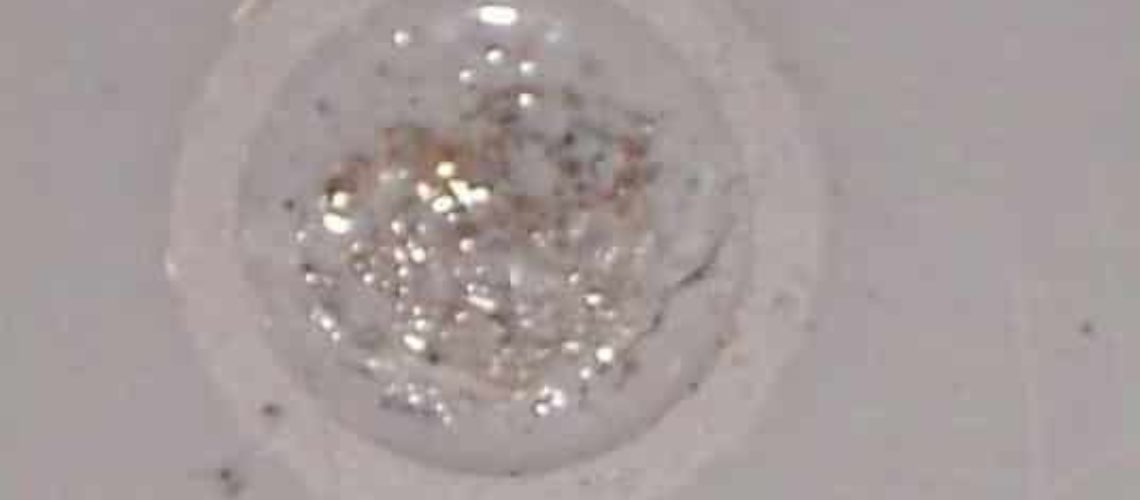The Most Common Epoxy Flooring Installation Problems
The Most Common Epoxy Flooring Installation Problems
There are typically a handful of issues that installers most commonly see when installing a floor coating. The four most common are: Pin Holes, Bubbles, Fish Eyes, Dull finish. We are going to discuss the main reasons why these issues happen, how to try and prevent them from occurring, and what can be done to fix them when they do happen.
Problem: Pin Holes Caused by Out Gassing
Cause: Out Gassing from the concrete forms small (usually pin size) holes. These can become more prevalent when coating over porous concrete (old concrete that was opened up by aggressive shot blasting or when too much water was added during pour/concrete that was overworked). Applying the coating while the temperature is rising also increases the potential for outgassing.
Prevention: There are several steps you can take to try and prevent the occurrence of outgassing. Apply the coating later in the day when the temperature is falling, turn off heaters blowing warm air on the coating, and prime the surface with a low viscosity primer. Two thinner coats are always better than one thick coat.
Fix: Once it occurs, the best solution is to scrape, sand, and recoat the floor. If there are only a couple of pinholes in the floor, you may be able to spot fill them.
Problem: Bubbles in the Coating (usually larger than pinhole size)
Cause: Air that has been entrapped in the coating that does not have time to escape. It’s typically caused by over mixing, over rolling, and/or when cold material has a higher viscosity and can hinder air release. Coatings applied in greater thicknesses can be more susceptible since it’s harder for air to escape.
Prevention: Do not over mix or pull material into a vortex while mixing. Apply with a squeegee in both directions (overlap about 50%) and back roll in the opposite direction. These larger bubbles typically happen within the first half-hour of the coating being laid and they can be popped as they are happening.
Fix: If only a few pop up, you may be able to spot fix them and it shouldn’t be much of an issue in a basecoat. Lightly sand down any lip that may have formed and fill the area (taking care, not to over fill). If it happens on a large scale, the only solution is recoating.
Problem: Fish Eyes / Crawling is typically a surface tension issue where the coating pulls away from itself and forms a crater.
Cause: Usually caused by concrete or prior coating being contaminated, usually with an oil or silicone. Or it can happen when applying a second coat and you miss the re-coat window.
Prevention: The most effective way to prevent this is through proper surface preparation and to make sure all contaminated areas are clean prior to installation. If the re-coat window is missed, you’ll need to sand and tack wipe the existing coating.
Fix: If the fish eyeing is occurring while you are applying the coating, then continue to back roll. You may be able to spot fix it after the coating hardens if the issue is isolated to a small area. If it’s widespread, the coating may have to be removed and then clean and degrease the concrete.
Problem: Dull or flat finish in urethane / Surface can also be soft.
Cause: High humidity, rain or fog is usually the main culprit. The solvents that are present in urethanes cannot escape before the system starts to cure.
Prevention: Don’t use urethanes during these types of high humidity conditions. Do not apply urethanes if the temperature is within 10° F of the dew point. It would be better to wait until the conditions are better, even if that means missing the re-coat window.
Fix: Unfortunately, there is no easy fix for this type of issue; the dull coating will need to be recoated.
Learn more about the markets we serve: Residential, Commercial, Industrial. Have questions? Contact Us »

